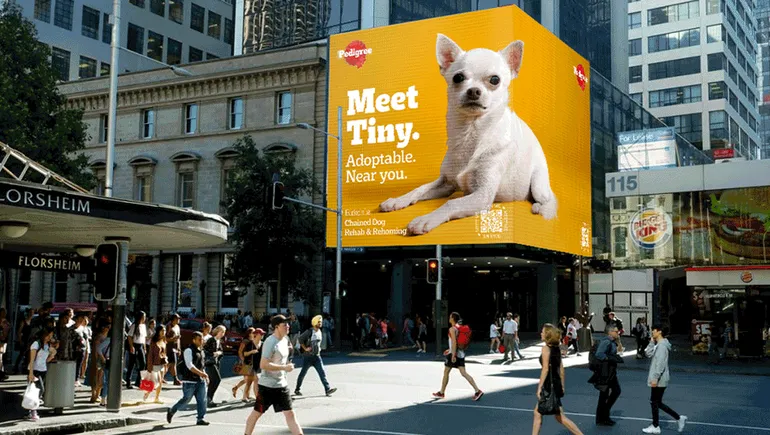
Marketers remain committed to NFTs through buzzy tech’s booms and busts
Soon after non-fungible tokens (NFTs) made headlines in March after a piece of digital artwork sold for $69 million at Christie’s, the marketing world quickly jumped on the bandwagon. P&G’s Charmin rolled out “NFT(P)” and Kellogg’s Pringles brand popped the top on a “CryptoCrisp” virtual flavor. Taco Bell — often a first-mover in marketing — actually released its NFTs before the Christie’s auction.
NFTs quickly became a billion-dollar market before seeing the bottom drop out by the end of the month. And while some declared the trend dead, over $100 million was spent on NFTs on May 3, dwarfing previous one-day totals. The same boom-bust cycle repeated over the summer, with the trend having been written off before it saw more than $66 million in sales on Aug. 1. As marketers continue rolling out NFTs as part of campaigns and brand-building efforts, it appears that the technology will remain a go-to tool even as the market shakes out.
“The NFT space is changing very quickly — brands that want to enter have to plan to evolve often,” Nicole Penn, president of marketing agency EGC Group, told Marketing Dive. “However, marketers will have to compete with entertainment companies, celebrities and others in this space and should consider creating NFTs that have a built-in following.”
While the market continues to fluctuate and pivot, Penn advises brands to think about how real-world products can live in virtual worlds: a new car for a racing simulator, a new appliance for a virtual home or apparel for an avatar, for example. Coca-Cola recently did the latter, including a bubble jacket that can be “worn” in Decentraland in its first NFT collection, which sold for 217 ethereum, or about $545,000, as of press time.
Decentraland, a 3D virtual reality platform in which most everything is an NFT, is part of a larger convergence of the physical and digital worlds called the “metaverse.” Mark Zuckerberg recently brought more attention to the concept when he said he hoped to turn Facebook from a social media company into a “metaverse company” within the next several years, per Facebook’s second quarter earnings call. Similarly, Shopify will let vendors sell NFTs on its e-commerce platform, another move that suggests marketers could be using NFTs for longer than was expected just several months ago.
Below, Marketing Dive has gathered some of the most significant insights and analyses of NFTs and their role for marketers as well as how the tech could evolve going forward.





